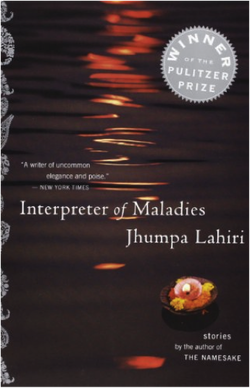
Author: Jhumpa Lahiri
Genre: Fiction
# pages: 198
Date published: 1999
5-star rating: 4.5 stars
Would you recommend it: Yes
The Interpreter of Maladies, a Pulitzer Prize-winning a collection of short stories by Jhumpa Lahiri, sheds light on the complicated relationship between India and the United States. While some of the stories are light-hearted, others explore more the darker side of these relationships. The short story format allows readers to understand a variety of perspectives, avoiding the stereotype of one particular story or character as India, and the heart of the story lies in the depth of these characters.
Given the focus on character, the stories focus primarily on relationships. These relationships include a failing marriage, a new marriage, a young man new to America and his landlady, an American and her tour-guide, and a young American boy and his older Indian nanny.
Through these twenty-page glimpses, this book captures a culture too often underrepresented in American media. Some stories are entirely set in India while others are set here in Boston. I found that these setting changes allowed me to feel very familiar with some of the stories while exploring the other side of the globe as well. The book touches on sensitive issues including the conflict between India and Pakistan, the treatment of immigrants in America, and the place of women in marriages. The theme of tradition against new culture ties the various stories together.
In short, I would recommend The Interpreter of Maladies as a quick read. It’s also a good book to read as a group, as it is easy for anyone to find a character to identify with in the broad range of stories.
Review by Caroline Grindrod, CSOM '17
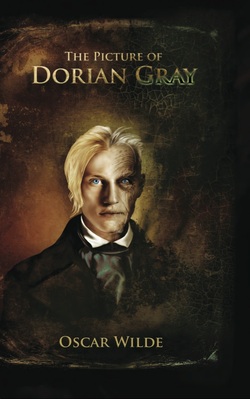
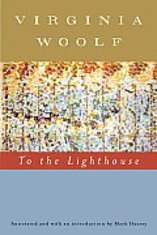
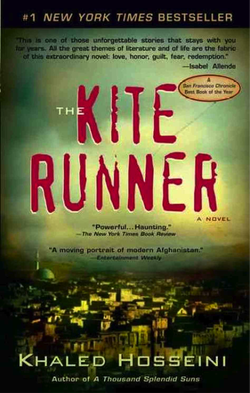
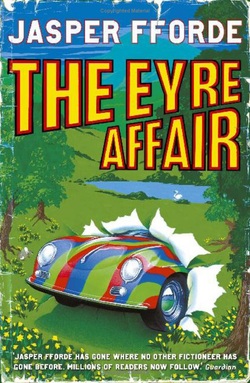
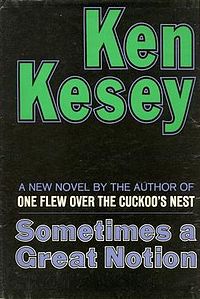
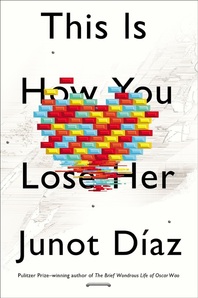
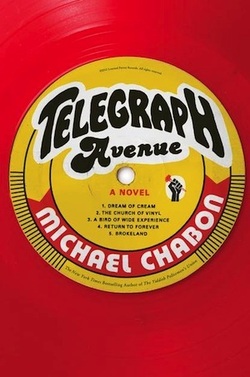
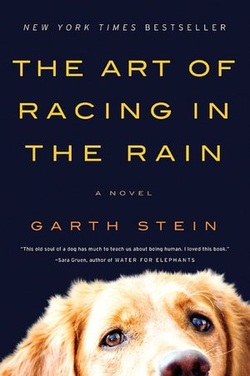
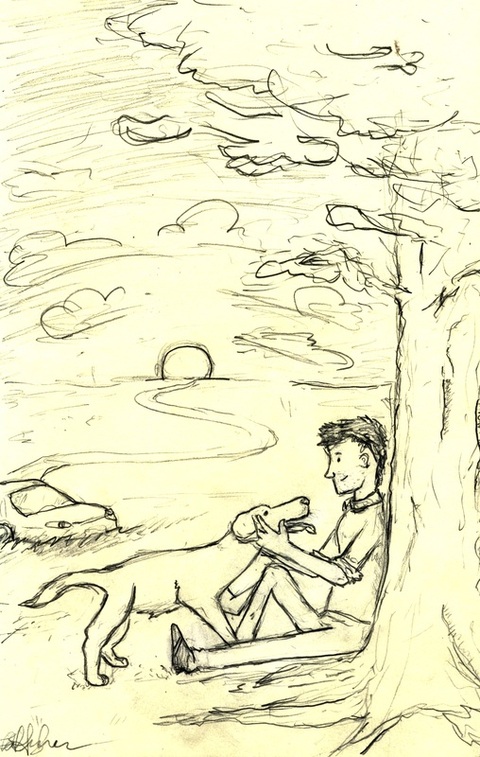
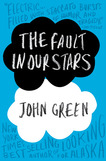
 RSS Feed
RSS Feed